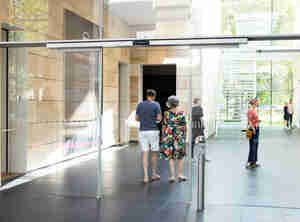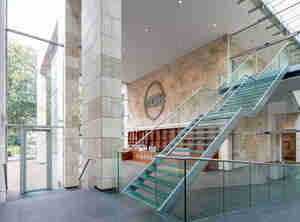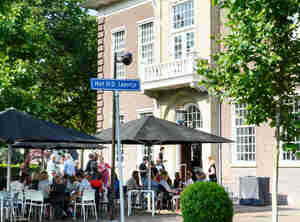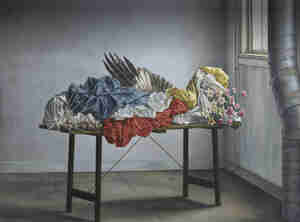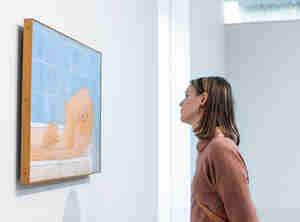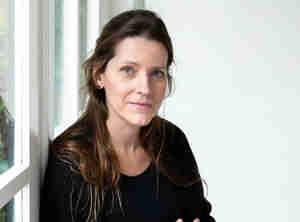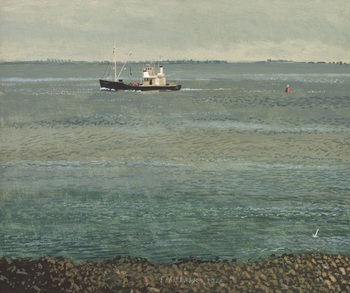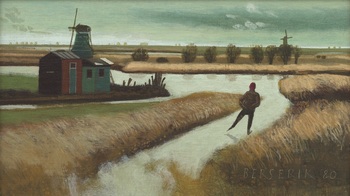- Plan your visit
- See and do
- Collection
- About us
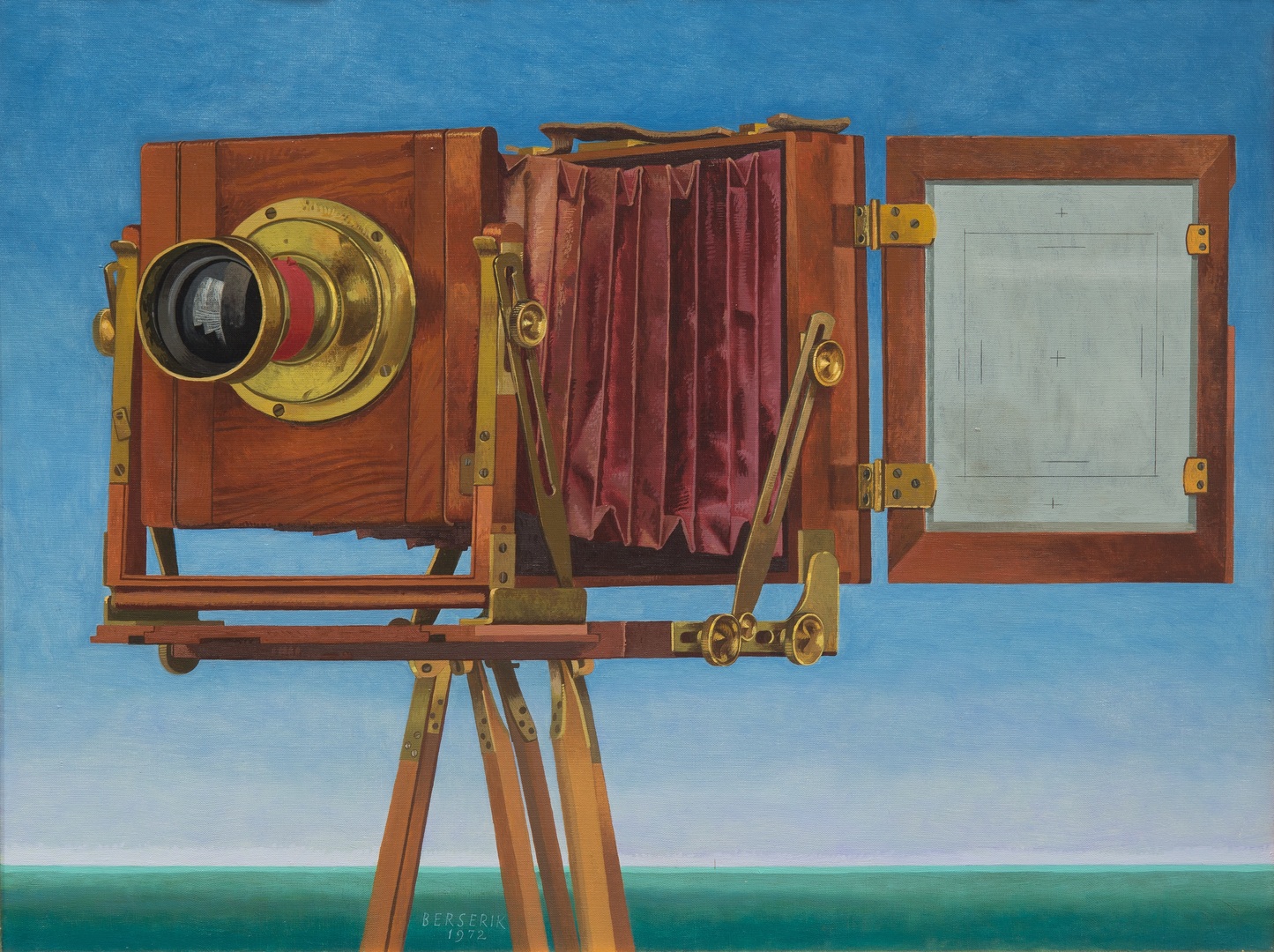
Go back
Hermanus Berserik
Portrait of a Camera by the Sea, 1972
Hermanus Berserik (1921-2002) often used black-and-white photographs as the inspiration for his paintings. He said that they exuded ‘nostalgia and mystery’. Old cameras and other devices evoke similar feelings for him. This camera is rendered in detail, with a wooden frame, the extendable ‘harmonica
...
’ section and the golden hinges.
And yet this is not a cool depiction of an object: it appears to have its own personality. Is the camera a head, the lens its cyclopean eye? It’s for good reason that Berserik called the work a ‘portrait’. Characteristic of this artist is the positioning of the camera in the near foreground, which has a somewhat alienating effect. The sea remains in the background, both literally and figuratively.
Text: Boris Ariaens, guide and museum host
Artist
Hermanus Berserik
Title
Portrait of a Camera by the Sea
Year
1972
Technique
Oil on canvas
Size
60 x 80 cm (h x w)
Type of object
Painting
Copyright
© Pictoright
This work is protected by copyright. You need permission from the creator or his heir to download, edit, copy or publish it.
